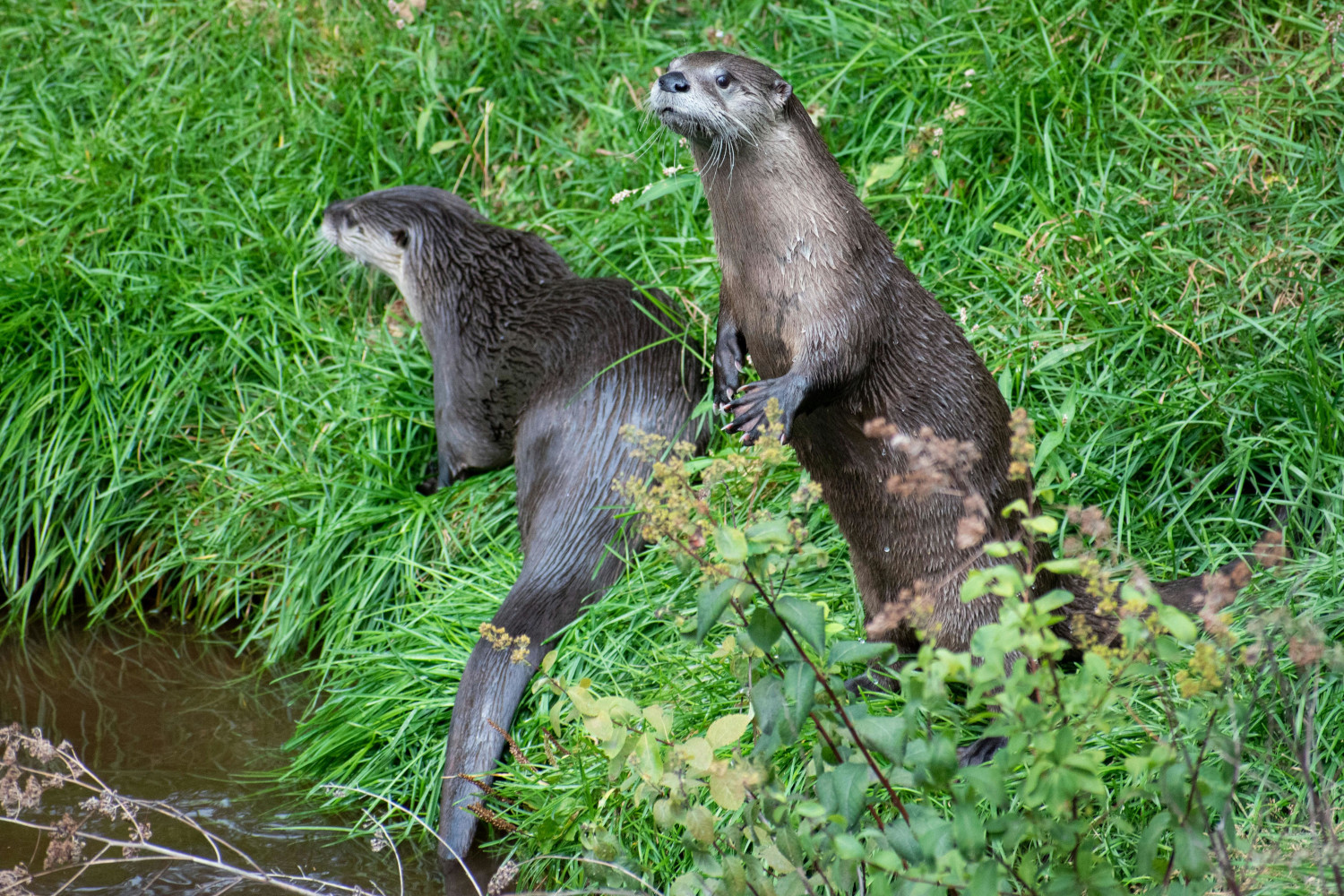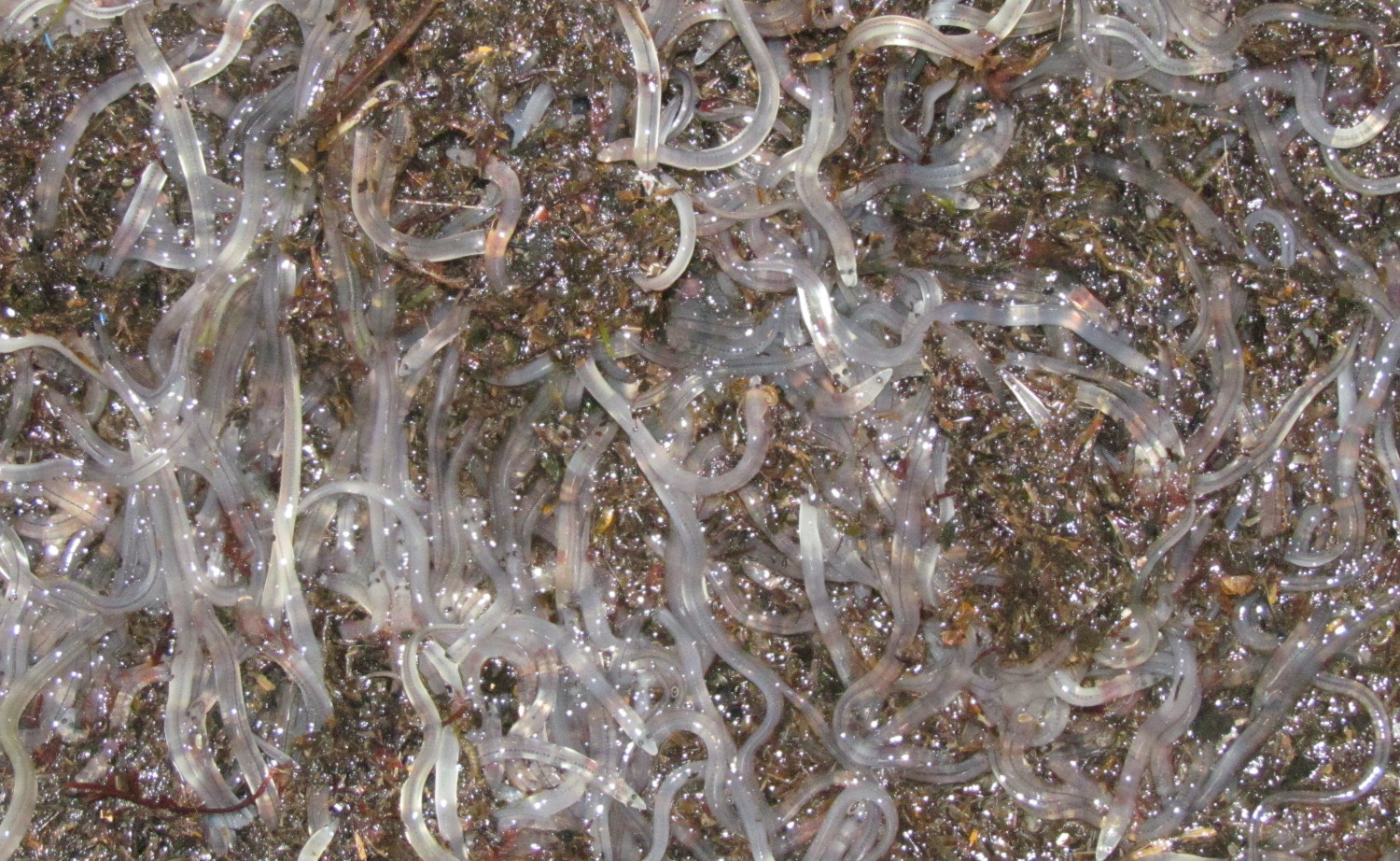The Nature Cleaner
- This bird, so popular in our country, is a stubborn rotten bird that has not brought it a good reputation. Some call it an eagle, a buitre, a futre, a hatxarrano or a mirusai; the official name is the brown sai (Gyps fulvus).

On the Urola coast, some people even call it a red collar, and rightly so, because we all have the image in our heads of a group of vultures feeding around a dead animal, with their heads and necks full of blood. These images can also be quite harsh and “gore”, and although this promotes the bad reputation of the vulture, they are birds that are absolutely necessary for the well-being of humans and the ecosystem.
The brown vultures feed on dead animals, that is, they are scavengers. When they eat meat from freshly slaughtered animals, they do not give the meat time to rot and consequently prevent the growth of dangerous pathogens that may appear during rot. Without the putre, dead animals would take four times as long to decompose. If you spend a lot of time decomposing a dead body, it is a point of infection for other species and if you have died from a disease, even more so. As a result, infection of living things that surround the body can spread the disease among animals to farm animals or domestic animals, and also increases the chances of reaching humans. Without the saiyans, industrial incineration of the slaughtered animal would be an option, but this is not always possible and even when it is possible, it is an economic expense. In addition, by preventing the spread of dead animal diseases, they save us money that should be spent on both livestock and humans to treat these diseases.
And how is it possible for the Saiyans to eat the slaughter and not get sick? Because the pH in the stomach of these animals is very acidic, enough to kill pathogens that may be present during slaughter. But massacres are not found every day, because of this, these birds can dramatically lower their metabolism and prolong their fasting until they find food. They can spend two to three weeks fasting. According to the researchers, the distances they travel in search of food are on average 141 km, although there are variations according to the season: in winter they travel shorter distances, they stop closer to the cubicle and in summer they are longer. They occasionally leave their territories and travel long distances, which can reach up to 1,750 km.
Most of us have seen the brown vines fly, without moving their wings and turning. This is because they use thermal currents to fly without energy. Thermal currents are columns of hot air that are generated by heating the air and moving upwards. The Saiyans take advantage of these columns to gain height along with the air. But if you see a group of vultures circling and losing height, that is a sign that they have encountered some kind of massacre.
Although the population of sai arre in the Basque Country is currently in a good state, the main conservation problems that the species suffers are: deaths due to poisons, illegal hunting, power lines and windmills, the decrease in the amount of food available, changes in livestock habits and the strict application of health regulations for the management of dead animals. Secondary poisonings are caused by ingestion of sanitary treatments used to combat livestock diseases. In fact, by ingesting meat from livestock that has undergone these sanitary treatments, the saiyan also ingests the treatment itself, causing injury or death to the bird. To prevent this, the use of diclofenacol should be banned and replaced by less harmful products.
SAI ARREA Gyps fulvus
THE TEAM: Vertebrate / Bird.
THE SIZE OF: Tail of beaks 95-110 cm. South length 230-265 cm.
WHERE DO YOU LIVE? In the caves, in open places.
WHAT DO YOU EAT? A massacre of people.
LEVEL OF PROTECTION: It is protected at European level.
Itsasoan badira landareen itxura izan arren animalia harrapari diren izaki eder batzuk: anemonak. Kantauri itsasoan hainbat anemona espezie ditugun arren, bada bat, guztien artean bereziki erraz atzemateko aukera eskaintzen diguna: itsas-tomatea.
Ugaztunei eskainitako azken artikuluaren amaierako hitzak hurrengo animalia aurkezteko aitzakia paregabea dira. Bertan esaten genuen muturluzeak erreka “garbi eta txukunak” behar dituela, kutsadurarik gabeak baina elementu natural anitzekin. Animalia txiki horren... [+]
Antxoa, bokarta edo albokartia, gure arrain komertzialen artean txikiena, euskal kostaldera hurbildu da.
Katalanen ustetan artzainak engainatzen omen ditu hegazti honek: “enganyapastors”. Espainiar eta latindarrek, aldiz, ahuntzari esnea kentzen diola diote, hortik datorkio hain zuzen ere izen zientifikoan (Caprimulgus europaeus) islatzen den caprimulgus (capra... [+]
Leihatila honetan behin baino gehiagotan azaldu ditugu Ama Naturaren engainuak bere izakiak babestearren. Batzuetan, erle edo liztor itxura zuten euliak ekarri ditugu, beste batzuetan inongo arriskurik ez duten arrisku-kolorazioko intsektuak ere bai (kolorazio aposematikoa... [+]
Nekazal eremu lehor baten erdian ageri da putzua. Txikia da tamainaz, eta ez oso sakona. Egunak dira euririk egiten ez duela, baina oasi txiki honek oraindik ere aurretik bildutako urari eusten dio. Gauak eremua irentsi du eta isiltasunaren erdian kantu bakarti bat entzun da... [+]
















